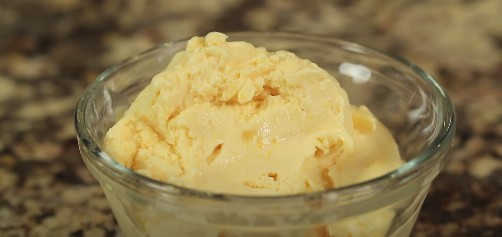As a cat owner, you want the best for your feline companion. One way to ensure that your cat is getting high-quality nutrition is by making their food at home.
Homemade cat food has a number of benefits, including the ability to control the ingredients, the potential for cost savings, and the opportunity to use fresh, whole ingredients.
In this article, I will explore the benefits of homemade cat food, provide simple and advanced recipe ideas, and offer tips for success.
Benefits of Homemade Cat Food
There are several benefits to feeding your cat homemade food. One of the biggest advantages is the ability to tailor the diet to your cat’s specific needs and preferences.
For example, if your cat has a sensitive stomach, you can choose ingredients that are gentle on their digestive system.
Homemade cat food can also be a more nutritious option, as you can use high-quality, whole ingredients that may not be used in commercial cat food.
Safety Considerations
While homemade cat food can be a healthy and cost-effective option, it is important to ensure that the diet is nutritionally complete.
Cats have specific requirements for certain nutrients, such as taurine, and a diet that is not properly balanced can lead to deficiencies or excesses that can be harmful to your cat’s health.
It is a good idea to work with a veterinarian or a pet nutritionist to create a balanced homemade cat food recipe.
Simple Homemade Cat Food Recipes
Here are a few simple recipes that you can try at home:
Chicken and Rice
Cook 1/2 cup of white rice according to package instructions. Meanwhile, cook 1/2 pound of boneless, skinless chicken breasts in a separate pan until fully cooked. Combine the cooked chicken and rice and let cool before serving.
Fish and Potato
Cook 1/2 cup of white potatoes in boiling water until tender. Drain and mash the potatoes. Meanwhile, cook 1/2 cup of any type of white fish until fully cooked. Combine the cooked fish and mashed potatoes and let cool before serving.
Turkey and Vegetables
Cook 1/2 cup of chopped turkey in a pan until fully cooked. Add 1/4 cup of any type of chopped vegetables (such as carrots, peas, or green beans) and cook until tender. Let cool before serving.
Advanced Homemade Cat Food Recipes:
For those who are comfortable with making homemade cat food and want to try more complex or exotic ingredients, here are a few advanced recipes to try:
Venison and Sweet Potato
Cook 1/2 cup of diced venison in a pan until fully cooked. Add 1/2 cup of peeled and diced sweet potatoes and cook until tender. Let cool before serving.
Lamb and Quinoa
Cook 1/2 cup of quinoa according to package instructions. Meanwhile, cook 1/2 cup of diced lamb in a separate pan until fully cooked. Combine the cooked lamb and quinoa and let cool before serving.
Tips for Success:
- Use a kitchen scale to accurately measure ingredients.
- Properly store homemade cat food in the refrigerator or freezer.
- Gradually transition your cat to a homemade diet to give their digestive system time to adjust.
FAQ’s
Is it safe to feed my cat a homemade diet?
If the diet is nutritionally complete and balanced, homemade cat food can be a safe and healthy option.
However, it is important to consult with a veterinarian or a pet nutritionist before making any changes to your cat’s diet. Some cats may have medical conditions or food allergies that require a commercial diet.
What are the benefits of homemade cat food?
Homemade cat food has several benefits, including the ability to tailor the diet to your cat’s specific needs and preferences, the potential for improved nutrition, and the opportunity to use fresh, whole ingredients.
Can I just feed my cat table scraps or human food?
It is not recommended to feed your cat a diet of only table scraps or human food, as these types of diets can be lacking in important nutrients that cats need to stay healthy. It is important to follow nutritionally complete and balanced recipes when making homemade cat food.
How do I store homemade cat food?
Homemade cat food can be stored in the refrigerator for up to three days or in the freezer for up to three months. Be sure to properly label and date any stored food.
How do I transition my cat to a homemade diet?
It is important to gradually transition your cat to a homemade diet to give their digestive system time to adjust. Start by replacing a small portion of their current food with homemade food and gradually increasing the amount over the course of a week or so.
It is also a good idea to monitor your cat for any changes in appetite, stool consistency, or overall health during the transition period.
Conclusion
Homemade cat food can be a healthy and cost-effective option for your furry friend. By following balanced, nutritionally complete recipes and being mindful of safety considerations, you can create a diet that meets your cat’s specific needs and preferences.
Give homemade cat food a try and see the benefits for yourself
His professional interests include humane education, ethics, small animal behavior, and veterinary. As a pet lover from school life, having grown up with two cats and a dog. If he isn’t spending time with his friends and family, Justin enjoys traveling. Learn more about Justin here.

